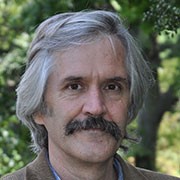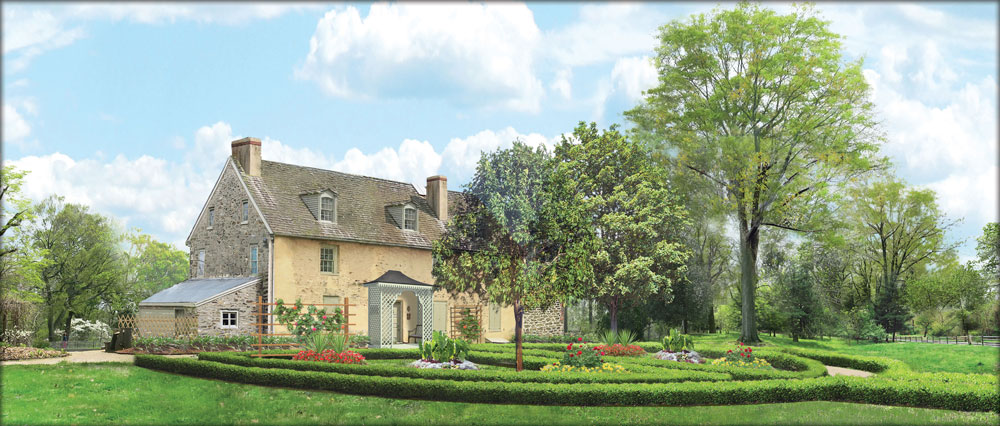November 13, 2019
America’s “Ancient Garden:” The Bartram Botanic Garden 1728-1850


Four generations of Bartrams lived and worked at the family botanic garden in Philadelphia from 1728-1850 and made their livelihood by the exchange of plants and natural history specimens with the world. Bartram’s Garden became a gathering point for scientists, artists, gardeners, and the curious. Most of the native plants of eastern North America were in cultivation by the Bartrams, and the collection grew with contributions from each generation. When the garden left Bartram family hands in 1850, Bartram’s Garden could be described as a truly ancient garden.
This talk traced the careers of John Bartram and his son William, and their travels in North America. Their business in plants saw them collecting along both sides of the Delaware Valley almost every year. Bartram’s Garden has been preserved as a Philadelphia city park since 1891, and recent restoration work has seen the recreation of a garden from the third Bartram generation, the “Ann Bartram Carr garden,” and a new “Bartram Mile Trail” along the west bank of the Schuylkill, reconnecting the garden to Center City Philadelphia.
Joel T. Fry has served as curator for Bartram’s Garden since 1992. He has participated in a number of archaeological and historic research projects at the garden site since 1975. He studied anthropology, historical archaeology, and American Civilization at the University of Pennsylvania, and has written extensively on the history of Bartram’s Garden and the Bartram family plant collections.
His several publications include: “Inside the Box: John Bartram and the Science and Commerce of the Transatlantic Plant Trade” (2014); “America’s ‘Ancient Garden’: The Bartram Botanic Garden, 1728-1850” (2011); “William Bartram’s ‘Commonplace Book’ and ‘On Gardening’” (2010); “William Bartram’s Oenothera grandiflora: ‘The Most Pompous and Brilliant Herbaceous Plant yet Known to Exist’” (2010); and “Historic American Landscapes Survey, John Bartram House and Garden” (2004).


